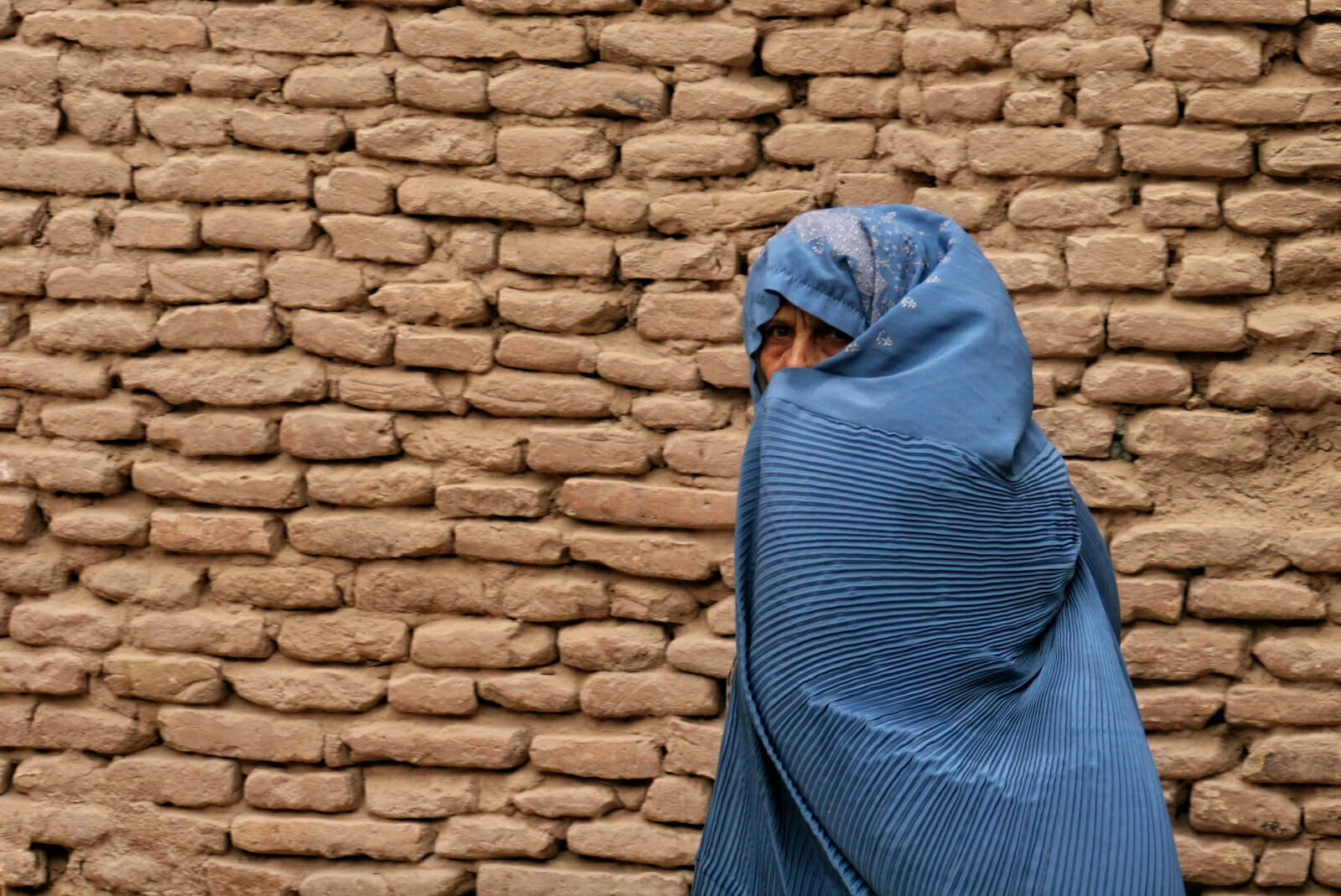
The Taliban take Kabul
It unfolded as a story of fleeing. Ashraf Ghani, the Afghan president, taking flight to Tajikistan, giving little clue of his intentions to colleagues. The fleeing of the infamous Abdul Rashid Dostum, a warlord assured to fight another day. The fleeing of tens of thousands of residents out of the city of Kabul, long seen as beyond the reach of insurgents. The fleeing of Coalition embassy personnel, aided by freshly deployed troops from the United States and the UK sent into Afghanistan as a matter of urgency. The Taliban had taken Kabul.
In departing and leaving stranded colleagues to their fate, the bookish Ghani, preferring pen to gun, had time to leave a message on Facebook. One could never accuse the man of having wells of courage. He reflected on either facing armed Taliban fighters or leaving his beloved country. In order to avoid immolating Kabul, which “would have been a big human disaster,” he chose a hasty exit.
Only a few days prior, on August 11, Ghani had flown to Mazar-i-Sharif, in the company of the blood lusty Uzbek Dostum, supposedly to hold the fort against the Taliban with another warlord, the ethnic Tajik Atta Muhammad Noor. Noor had pledged in June to mobilise the citizenry of Balkh province to fight the Taliban. “God forbid, the fall of Balkh,” he declared at the time, “means the fall of the north, and the fall of the north means the fall of Afghanistan.”
This was not a move greeted with universal joy. Habib-ur-Rahman of the leadership council of the political and paramilitary group Hizb-e-Islami saw a bit of self-aggrandizing at work, hardly remarkable for a warlord keen to oversee his bit of real estate. “The mobilisation of the people by politicians under the pretext of supporting security forces – with the use of public uprising forces – fuels the war from one side and from the other it affects Afghanistan’s stance in foreign policy.”
The shoring up mission led by Ghani would do little to conceal the historical differences between Noor and Dostum. The former had done battle with Dostum’s troops during the latter’s time as a regional commander in the ailing Soviet-backed Afghan government. Dostum’s defection from the government (one spots the common theme) in 1992 to form the Junbish-e-Milli party presented Noor with a chance to join forces. But the Tajik left Dostum in 1993 citing irreconcilable ideological differences. With the initial defeat of the Taliban, Noor triumphed in several military encounters with the frustrated Uzbek, seizing the Balkh province in its entirety.
The accord reached between the parties on this occasion certainly did not involve agreeing to fight the Taliban. Both had come to the conclusion that scurrying to Uzbekistan was a sounder proposition. Noor subsequently justified the measure by claiming enigmatically that, “They had orchestrated the plot to trap Marshal Dostum and myself too, but they didn’t succeed.” Ghani would soon follow.
Members of Ghani’s imploding government have not taken kindly to the flight of their leader. “Curse Ghani and his gang,” wrote Bismillah Khan Mohammadi, acting defence minister. “They tied our hands from behind and sold the country.”
Abdullah Abdullah, the head of the High Council for National Reconciliation, also released a video withering in announcing that, “The former president of Afghanistan” had “left the country in this difficult situation.” God, he suggested, “should hold him accountable.” Abdullah, along with former President Hamid Karzai and Hizb-e-Islami leader Gulbuddin Hekmatyar, are currently in negotiations with the Taliban over the formal transfer of power.
The US and UK have deployed personnel in a hurried panic. Over the weekend, President Joe Biden, in announcing the deployment of 5,000 troops, told the press that they would ensure “we can have an orderly and safe drawdown of US personnel and other allied personnel, and an orderly and safe evacuation of Afghans who helped our troops during our mission and those at special risk from the Taliban advance.” Another thousand have also been added to the complement.
There was much embarrassment in all of this. The US and its allies made the fundamental error that training, money, and expertise would somehow miraculously guarantee the stability, continuity, and reliability of a ramshackle regime. Biden, in coming up with his own phraseology, had stated that a Taliban victory was “not inevitable.” In July, we were given a nugget of Bidenese that, while he had little trust for the Taliban, he did “trust the capacity of the Afghan military, who is better trained, better equipped, and more re- – more competent in terms of conducting war.”
As the Taliban were securing the capital, US Secretary of State Antony Blinken parried evident parallels with the US withdrawal from Vietnam in 1975. “This is manifestly not Saigon,” he said with little conviction.
Now, the scene was one of grave, turbaned and bearded men, armed to the teeth, overseeing the desk which Ghani previously occupied in the presidential palace. They had survived and outwitted an army better armed and supposedly better trained. They had survived airstrikes launched from within the country and from bases in the Persian Gulf and Central Asia, via heavy bombers and lethal drones. They had survived the forces of the US, NATO, and rival militias.
They now find themselves in control of an entity they wish to be recognised as the Islamic Emirate of Afghanistan. History has come in its full violent circle. A group of insurgents dismissed as fundamentalist mountain savages who would be vanquished before the modernising incentives of the West have shown up, as previous Afghan fighters have, the futility and sheer folly of meddling in their country’s affairs.

